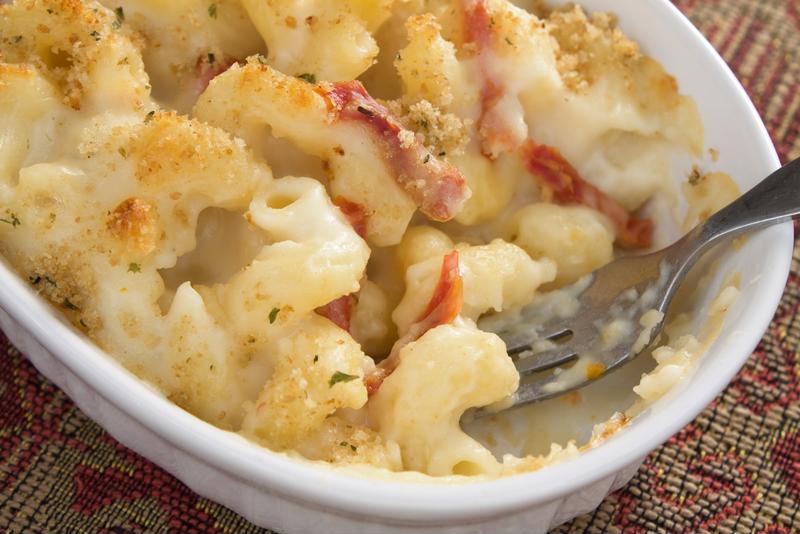If you’re enrolled in an accredited online culinary institute, you’ve probably noticed a trend heating up in restaurants across the country over the past few years. While wood-burning ovens have long been a common part of traditional pizza preparation, today a wide variety of establishments are using them. As you develop your own skills as a chef, you may discover that this means of cooking perfectly fits your own style.
Why wood?
According to the Tasting Table, there are a number of reasons why many chefs have embraced wood-burning ovens. For one, this cooking method goes a long way in building a restaurant’s atmosphere, often providing a focal point for the room while giving off an unmistakable aroma. For many restaurateurs and patrons, using the ovens gives meals a natural feeling that is lost when employing advanced techniques like molecular gastronomy or sous vide cooking.
“Wood-burning ovens can build a restaurant’s atmosphere.”
Most important, however, are the effects on the food itself. As The Mercury News noted, the fires burn at a high temperature of 700 to 750 degrees Fahrenheit. This level of heat requires careful attention, but it also allows chefs to achieve greater caramelization and a perfect char while the wood imbues foods with smoky flavors.
Missy Robbins, is the chef at Lilia, an Italian restaurant and cafe in Brooklyn’s Williamsburg neighborhood. She commented to the Tasting Table about how the old-school oven altered her approach to preparing foods like her cacio e pepe frittelle.
“It makes you more of a conscious cook,”she said. “Where a hot spot is for five minutes one time may change. I spent a lot of time before we opened really playing with fire and understanding it.”
 Macaroni and cheese is one dish that can benefit from a wood-fired oven.
Macaroni and cheese is one dish that can benefit from a wood-fired oven.Great restaurants with hot ovens
Chefs taking part in the turn toward wood-fired ovens have created impressive results in kitchens across the nation. Their successes prove you don’t need state-of-the-art equipment to make great food.
The Portland, Oregon restaurant Ned Ludd wears its disregard for 21st century conveniences proudly. After all, the establishment takes its name from the mythical leader of the 18th century’s anti-industrialization Luddite movement. In keeping with the focus on natural, local ingredients the menu changes on a daily basis.
Among the spring options offered by head chef and owner Jason French are small plates like roasted squid with smashed potatoes, dry cured olives and arugula. Diners can also select from entrees such as a whole roasted trout accompanied by seasonal vegetables and charred leeks. For dessert, the restaurant features “oven-kissed” chocolate chip cookies or a chocolate panna cotta with a cocoa nib tuile.
Metropole in Cincinnati is built around its fireplace, providing patrons with deliciously roasted foods all day long. At breakfast, executive chef Jared Bennett’s kitchen turns out eggs with the local sausage delicacy goetta, plus roasted potatoes, charred tomatoes and toast. Afternoon patrons enjoy a smoked ruby trout sandwich featuring beets, onions, spinach and an herb aioli. Dinner brings a fennel-cured duck breast joined by rhubarb, fennel and asparagus in a saffron-almond sauce.
At North End Grill in New York City, chef Eric Korsh uses both wood-burning grills and charcoal ovens to produce his French-influenced dishes. The menu presents a squab with flageolet beans and baby arugula in a vinegar-based sauce or a veal chop topped by salsa verde with crispy potatoes. Guests accompany these entrees with selections from a raw bar – such as oysters and clams – a charcuterie plate or an order of duck fat fries.
Another New York restaurant, The Marshal, places a strong emphasis on sustainability and farm-to-table ethos, as well as the flavors produced by the wood-fired oven on the small premises. The brunch and dinner options change constantly, but they always feature fresh, local ingredients perfectly cooked over the roaring fire.
Diners taste the results in brunch sandwiches like a grilled cheese – with white cheddar and a butternut squash mash – or roasted vegetables on focaccia bread. The macaroni and cheese appetizer is made with corkscrew pasta, Swiss cheese and thick cut bacon. Among the entrees are a braised lamb shank, sirloin tips or a steamed cod.
As these restaurants amply demonstrate, wood-burning ovens can produce a diverse array of meals. Try experimenting with one and you may find that it truly turns up heat on the skills that you learned from culinary school courses.


